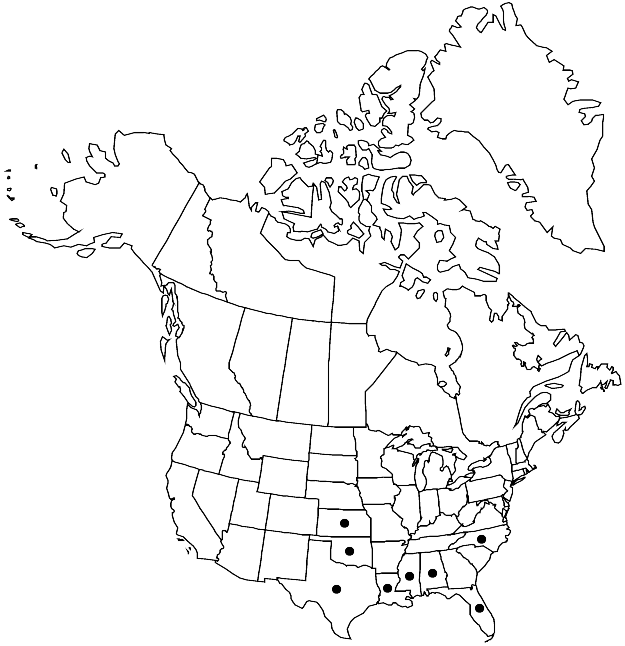Philonotis gracillima
Philonotis gracillima Ångström, Öfvers. Kongl. Vetensk.-Akad. Förh. 33(4): 17. 1876.
Plants small, delicate, in lax to dense tufts, bright green. Stems 0.5–1 cm, erect, simple to sparingly branched; proximal rhizoids absent or weakly developed. Leaves erect to incurved when dry, erect-spreading to spreading when moist, ovate-oblong to ligulate or ovatelanceolate to ovate, 0.3–1 mm; margins revolute throughout or revolute proximally and plane distally, bluntly serrulate, teeth paired; apex broadly acute to rounded-obtuse; costa 7/8 leaf length or subpercurrent, distal abaxial surface rough; laminal cells obscurely to clearly prorulose at distal ends; basal-cells rectangular, 25–35 × 10–15 µm; distal cells subquadrate to oblong-rhomboidal, 20–30 × 10–12 µm. Specialized asexual reproduction by occasional short brood branches in distal leaf-axils. Sexual condition dioicous; perigonia gemmate. Sporophytes unknown.
Habitat: Moist, rocky, limey soil, rock crevices
Elevation: low to moderate elevations (0-1500 m)
Distribution

Ala., Fla., Kans., La., Miss., N.C., Okla., Tex., Mexico, West Indies, Central America, South America
Discussion
P. A. Florschütz (1964) treated Philonotis gracillima as a variety of P. uncinata. Philonotis gracillima is distinguished in the flora area by the combination of a broad leaf apex (both broadly acute and rounded-obtuse apices may occur on the same plant), relatively short costa, and lax, pellucid laminal cells.
Selected References
None.
Lower Taxa
"subpercurrent" is not a number.